Guitar Notes Explained: A Quick Guide to Sharps and Flats
Understanding Sharps and Flats on the Guitar
Learning music theory can often feel overwhelming, especially when trying to grasp the concept of sharps and flats. This guide will break down the musical alphabet and help you understand how these elements work together on the guitar. By the end of this article, you will have a solid understanding of these crucial components of music theory.
Step 1: The Musical Alphabet
In music, there are a total of twelve notes, similar to an English alphabet that starts from A and ends at G. The musical alphabet is A, B, C, D, E, F, G, and then it starts again at A. Each letter has a corresponding sharp, except for B and E. Therefore, there are no B sharp and E sharp notes. This understanding is essential when navigating the fretboard.

Step 2: Identifying Notes on the A String
Let's explore the A string on the guitar. The open A string creates an A note, which is the root note. Moving up the fretboard, the first note is A sharp, which can be denoted by a hashtag (#). Next, we have B, but remember there is no B sharp, so the following note is C. This pattern continues: C, C sharp, D, D sharp, E, F, F sharp, G, G sharp, and back to A. Understanding this pattern allows you to identify notes quickly as you play.

Step 3: Utilizing Power Chords with Sharps
Power chords are a fundamental aspect of guitar playing. If you're familiar with power chord patterns, they can help you identify notes. For example, starting on the A string, the root note is A. If you want to play an A sharp power chord, you would follow the pattern of going down one string and across two frets to find the fifth. This method is consistent across the fretboard.

Step 4: Understanding Flats
In addition to sharps, flats are also important in music. When you see a note with a small 'b' beside it, such as A♭, it indicates a flat. If you start from A and go down a note, you get A flat. This concept is crucial when descending notes. For instance, if you start on A and descend, you create A flat. Conversely, if you start from G and sharpen the note, you get G sharp. Both G sharp and A flat refer to the same pitch, illustrating the relationship between sharps and flats.

Step 5: The Importance of Knowing Your Notes
It’s essential to know your notes and their positions on the guitar. For example, if you encounter a D sharp, you can find it by starting from the A string: A sharp, B, C sharp, D. This knowledge helps you navigate the fretboard with confidence. The same logic applies to the low E string, where E is the open note, followed by F, F sharp, and G. Knowing these progressions will enhance your playing versatility.

Step 6: Practice Exercises
To reinforce your understanding of sharps and flats, practice identifying notes on the fretboard. Start with the open strings and work your way up, naming each note as you go. You can also incorporate exercises that require you to play power chords and identify the corresponding sharps and flats. Consistent practice will solidify your knowledge and improve your musical skills.

Step 7: Conclusion and Resources
By mastering the concepts of sharps and flats, you can significantly enhance your guitar playing. This knowledge allows you to understand music theory better and apply it practically. For further learning, consider joining a waiting list for an ebook that compiles exercises to practice these concepts. Keep following the series for more insights into guitar playing and music theory.

